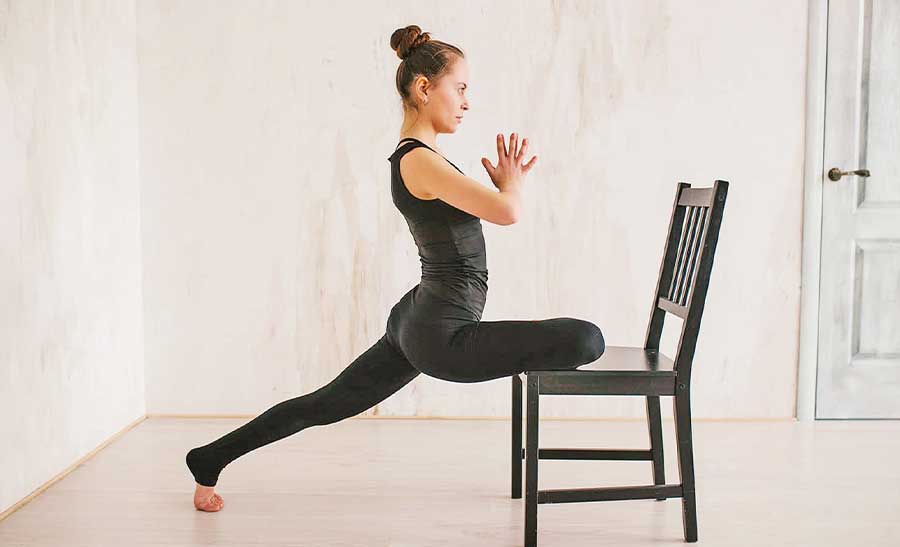5 Tips to Get the Most Out of Stretching and Mobility Work
- 20 Apr - 26 Apr, 2024

The only "equipment" required when yoga originally started, thousands of years ago, was the ground and the human body. However, Carol Krucoff, a teacher certified by the International Association of Yoga Therapists and by Yoga Alliance, the largest nonprofit organisation in the world that accredits teachers and schools, says that this started to change about 60 years ago when B.K.S. Iyengar, the creator of the style of yoga known as Iyengar, introduced many of the props we use today. Props are helpful tools for all levels of yogis, not only those who are new to the practise or who are unable to perform a particular posture.
Yoga Mats Provide Cushioning and Help Prevent Slipping
In the modern yoga community, the yoga mat is so commonplace that you might not even think of it as a prop. When you think that yoga dates back almost 5,000 years, it may surprise you to learn that mats, which act as a cushion between you and the ground and help you stay in various postures without slipping, are actually a relatively recent addition to the practice.
Yoga Belts (or ‘Straps’) Help You In Mastering Stretching Poses
You can increase your reach by using yoga belts, which are commonly referred to as "straps". Majority of us are unable to fully straighten our legs in order to touch our toes. The strap can assist you in doing this and it can also help you pull yourself farther into the posture to achieve a fuller stretch. This could be due to tight hamstrings, shorter arms, longer legs, or a combination of all three.
Chairs Can Help People With Limited Mobility Perform Certain Poses
There are many ways to use chairs as props. Some seated yoga postures may be simpler to do in a chair than on the ground for older people or people with limited mobility due to medical issues. Poor posture can result from frequently sitting on the floor because most individuals aren't used to it. When performing various poses, sitting on a chair's edge can help you stand up straight and develop core strength.
Yoga Bricks’ Can Help With Strengthening or Keeping You in a Pose
By bringing the floor closer to you, blocks can also be used to assist you in achieving a position. Blocks can also assist you accomplish a fuller stretch in your chest or hips by supporting various sections of your body. You might be able to engage with a position in a different, more profound, or intense way by using a block.
Yoga Bolsters Provide Comfort and Correct Posture
A bolster is a long, narrow cushion or pillow that provides solid support. A bolster can help with comfort and proper posture when used as a prop in several yoga positions. It can be placed under the knees or the spine and is frequently used in restorative yoga practices. Your alignment can also be aided with a bolster. Sitting on a bolster can often help you sit nicely and tall as your knees sink down if you're executing sitting postures on the floor, according to the instructor. In general, your knees should be below your hips in a seated stance to achieve appropriate alignment.
Blankets Are Used for Alignment and Warmth
Yoga practitioners use the blanket as a prop to help with alignment and to stay warm while performing restorative poses. Additionally, blankets can be utilized to support and cushion various body parts. My knees are a little bony, so it helps to place the blanket under them when I'm on my hands and knees so that it doesn't hurt when I do different postures. To support yourself in a stance like the pigeon pose, you can use a blanket. Many people's hips won't even be touching the ground in that stance. The body can adopt a position without exerting too much effort or strain by folding the blanket up and placing it under one of the hips for support.
COMMENTS